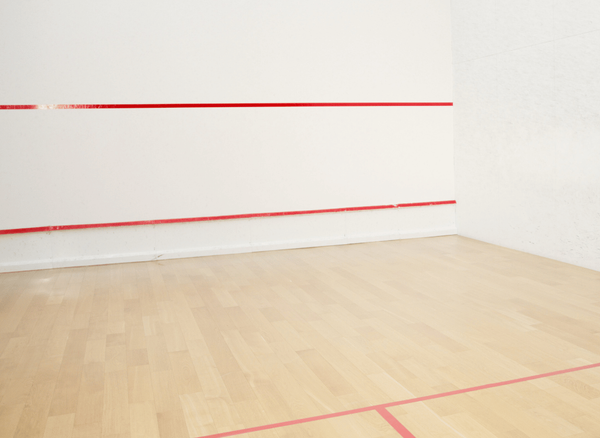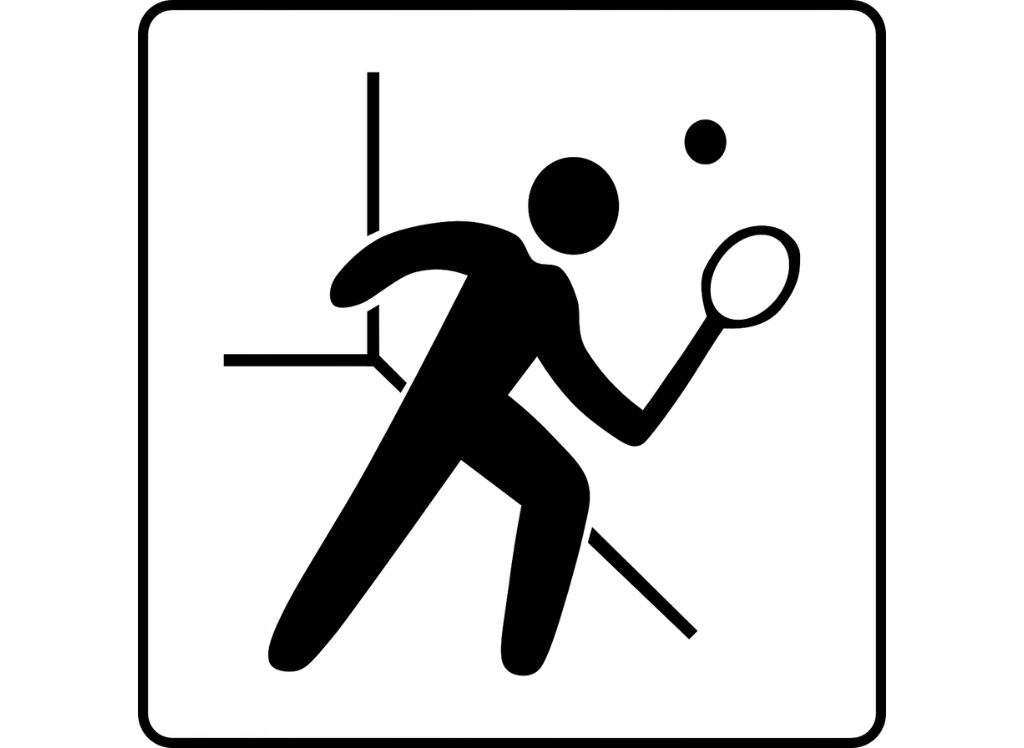Scoring in squash is a fundamental aspect of the game that can often be overlooked by beginners. Understanding how points are won, games are structured, and matches are decided is crucial for anyone looking to take their squash game to the next level. This comprehensive guide will delve into the intricacies of squash scoring, providing you with all the knowledge you need to keep track of the score and strategize effectively on the court.
Keys
- Learn the official scoring system used in squash and how points, games, and matches are won.
- Discover the tactical implications of the scoring system on gameplay and player strategy.
- Understand the nuances of conduct strokes, lets, and strokes in squash scoring.
The Basics of Squash Scoring
Squash is a fast-paced racket sport played by two or four players in a four-walled court. The primary objective is to hit the ball in such a way that your opponent is unable to return it before it bounces twice. The scoring system in squash has evolved over the years, and it's essential to grasp the current rules to play the game effectively.
The Professional Squash Association (PSA) has standardized the scoring system to what is known as 'PAR' (Point-A-Rally) scoring to 11. In this system, a point is scored on every rally, regardless of which player served. Players need to win by two clear points if the score reaches 10-10, which adds a layer of excitement and unpredictability to the game.
Game Structure and Match Play
A standard squash match consists of the best of three or five games. To win a game, a player must reach 11 points and be at least two points ahead. If the score ties at 10-10, the game continues until one player achieves a two-point lead. This can lead to intense and prolonged rallies as players fight to clinch the game.
The structure of a match in squash is designed to test both skill and endurance. Players must not only focus on winning each point but also on conserving energy and outmaneuvering their opponent to win the overall match. This strategic depth makes understanding the scoring system all the more critical.
Serving Rules and Scoring
Serving in squash comes with its own set of rules. At the beginning of the game, a player is chosen to serve first, and they continue to serve as long as they win points. The server must alternate between serving from the left and right service boxes after each point won. If the receiver wins the point, they become the server and the process repeats.
The serve in squash sets the tone for the rally, and a well-placed serve can give a significant advantage. Players must serve from within the service box, and the ball must hit the front wall above the service line and below the out line, then land in the opposite back quarter of the court.
Conduct Strokes, Lets, and Strokes
In squash, certain situations require the referee to make calls that can affect the score. A 'let' is called when a player is unintentionally prevented from making a shot by their opponent. In this case, the rally is played again without any change to the score.
A 'stroke' is awarded when a player's swing is prevented by their opponent, or if the opponent is hit by the ball before it bounces twice. In these cases, the player who was obstructed or hit by the ball is awarded a point. A 'conduct stroke' can also be given for unsportsmanlike behavior, which directly awards a point to the opponent.
Scoring Tactics and Player Strategy
The scoring system in squash significantly influences player strategy. Players must adapt their tactics based on the scoreline. For instance, at a high-stakes point like 10-10, players might play more conservatively to avoid errors, while at the start of a game, they might take more risks to establish an early lead.
Understanding the ebb and flow of the game is crucial. Players often try to build momentum when they have the serve and are scoring points, applying pressure to their opponent. Conversely, when receiving, the goal is to break the server's momentum and regain control of the game.
The Impact of Scoring on Fitness and Endurance
Squash is a physically demanding sport, and the scoring system can have a significant impact on a player's fitness and endurance. Long rallies and closely contested games can be exhausting, and players must be in peak physical condition to compete at a high level.
Players must train to maintain their fitness throughout a match, especially when games extend beyond the standard 11 points. Stamina and the ability to recover quickly between rallies are essential for success in squash.
The Psychological Aspect of Scoring
Scoring in squash isn't just about physical ability; it also has a psychological component. Players must maintain focus and composure, especially in high-pressure situations where the score is tight. Losing concentration can lead to unforced errors and a loss of points.
The ability to stay mentally strong and use the scoring system to one's advantage can be the difference between winning and losing. Players often use the score to gauge when to apply pressure or when to play more defensively.
Refereeing and Score Disputes
Referees play a vital role in squash, particularly in professional matches. They are responsible for keeping track of the score, making calls on lets and strokes, and ensuring fair play. In cases of score disputes, the referee's decision is final.
Players at all levels should familiarize themselves with the rules and signals used by referees to communicate their decisions. This knowledge can help prevent misunderstandings and ensure that the focus remains on the game.
Technology and Scoring in Modern Squash
Advancements in technology have made tracking and displaying scores in squash more accessible than ever. Electronic scoreboards and live scoring apps allow spectators and players to keep up with the score in real-time.
This technology also aids referees and tournament organizers in managing matches more efficiently. With accurate scorekeeping, there is less room for error and dispute, allowing for smoother gameplay.
Training for Effective Scoring
To capitalize on the scoring system in squash, players must train strategically. Drills that simulate high-pressure scoring situations can help players prepare for matches. Coaches often emphasize the importance of 'game situation' drills that replicate the tension of a tight scoreline.
Training should also focus on developing a player's ability to switch tactics based on the score. This adaptability can be a critical factor in winning matches, as it allows players to respond to their opponent's strategy effectively.
FAQs
What is the standard scoring system in squash?
The standard scoring system in squash is the point-a-rally (PAR) scoring to 11, where a point is scored on every rally, and players must win by two clear points if the score reaches 10-10.
How many games do you need to win a squash match?
A squash match is typically the best of three or five games. To win a match, a player must win the majority of these games.
What is a 'let' in squash scoring?
A 'let' is called when a player is unintentionally prevented from making a shot by their opponent, leading to the rally being replayed without any change to the score.
Summary
Scoring in squash is a dynamic and integral part of the game that requires both physical prowess and mental acuity. From understanding the basic rules of point-a-rally scoring to mastering the tactical implications of the scoreline, players must be well-versed in all aspects of scoring to excel. The psychological and physical demands of the game, coupled with the need for strategic thinking, make squash a challenging and rewarding sport for players at all levels.








